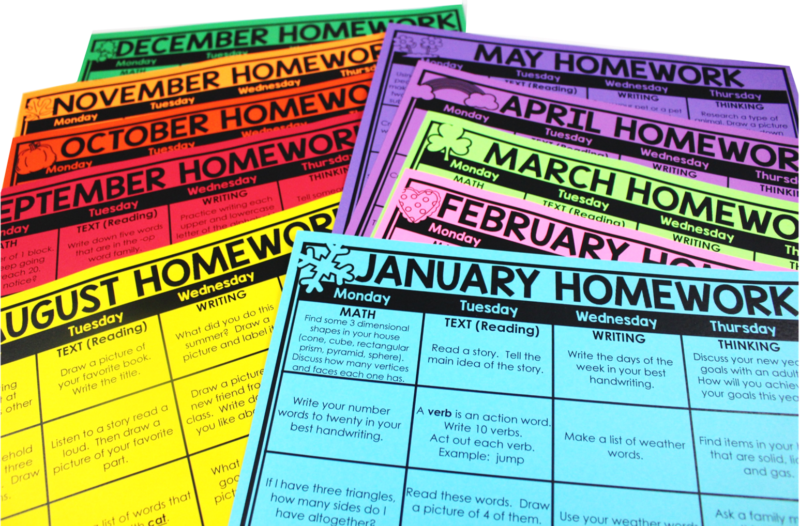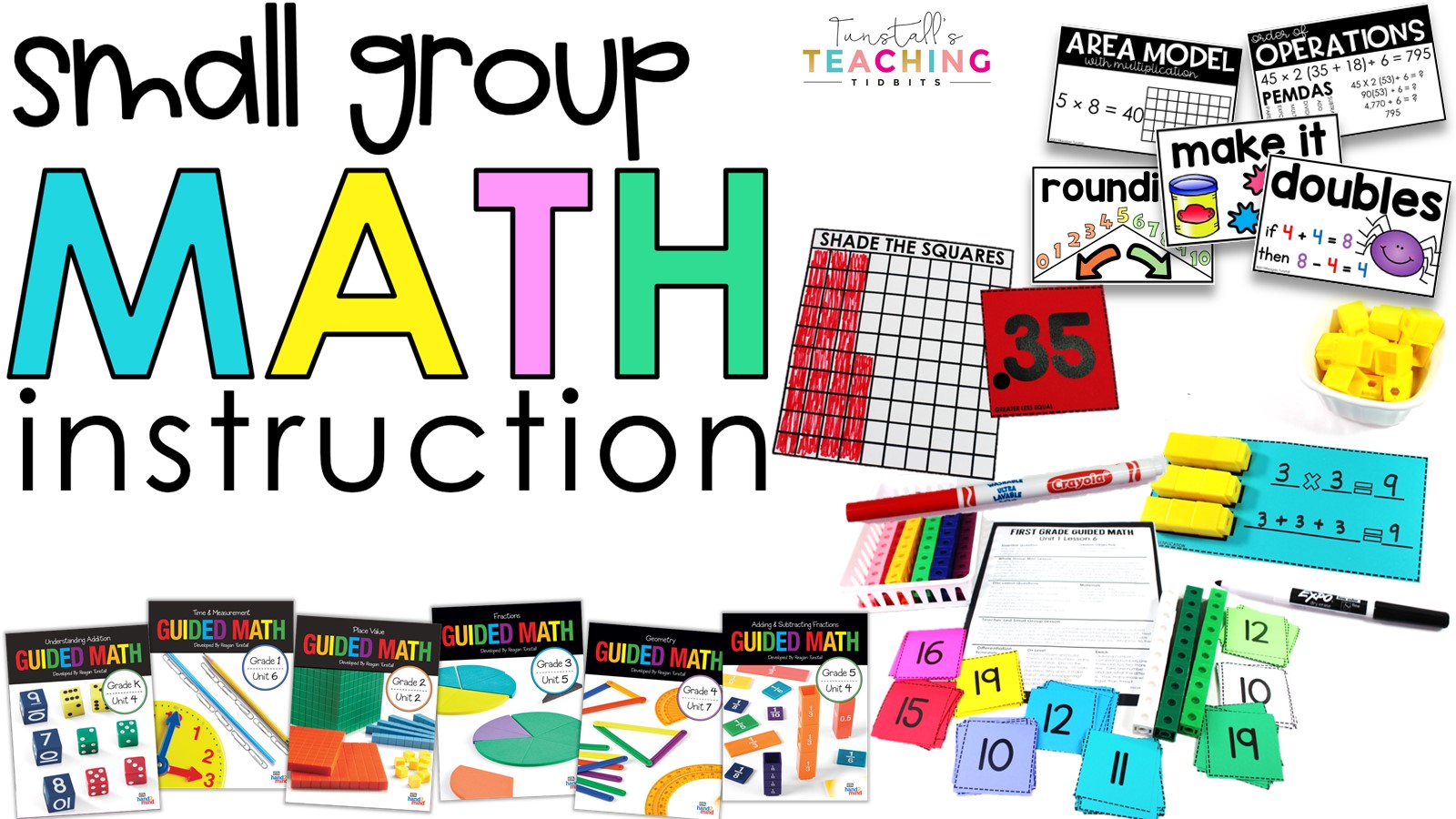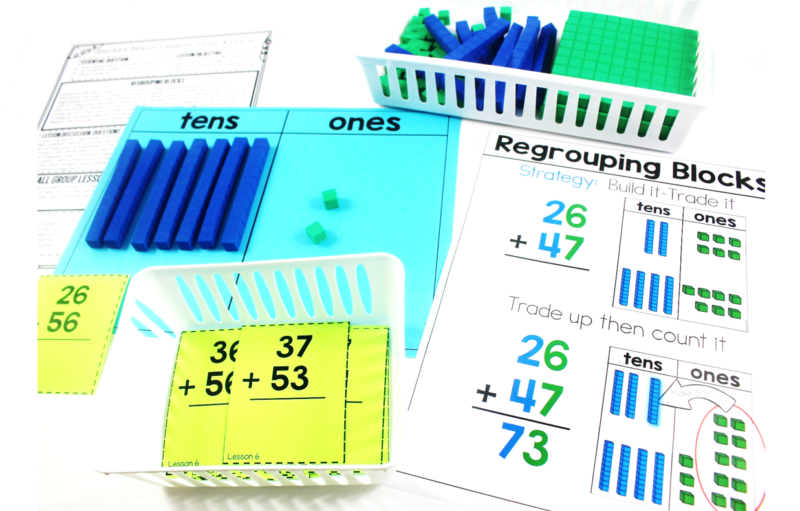The Great Homework Debate

Where Do You Stand on Homework?
It seems that many have set up camp as either the pro homework or no homework these days with terrific reasons for both sides. Before I get into my feelings and camp choice, let’s look at the research on the topic!
A student’s ability to complete homework may depend on factors that are outside their control (Cooper et al., 2006; OECD, 2014; Eren & Henderson, 2011).
While assigning homework may have academic benefits, it can also cut into important personal and family time (Cooper et al., 2006).
The goal shouldn’t be to eliminate homework, but to make it authentic, meaningful, and engaging (Darling-Hammond & Ifill-Lynch, 2006).
Homework Goals
Whether you’re pro- or anti-homework, keep in mind that research gives a big-picture idea of what works and what doesn’t, and a capable teacher can make almost anything work. The question isn’t about homework vs. no homework; instead, we should be asking ourselves, “How can we transform homework so that it’s engaging, relevant, and supports learning?”
I have worked in schools with differing views on homework. Some required nightly packets, logs, and quantity, while others focused on meaning and quality. Even more, parents of our students can have strong feelings on homework and fall into those two camps as well. This puts strain and frustration on the child and teacher to manufacture something just to appease a strong opinion regardless of the school’s stance on the matter. It is important as the teacher to know why we are assigning homework and to be able to explain the purpose and meaning behind both the activities chosen and the amount per night chosen.
Elementary age students are growing and changing rapidly developing a sense of self, responsibility, and basic life skills. I love the notion that homework should be present but balanced. The National PTA and National Education Association support the “ten-minute homework rule,” which recommends ten minutes of homework per grade level, per night. This ten minutes per grade level can be authentic, engaging, and meaningful too!
Editable Homework Choice Boards
Over the course of 18 years of homework assigning, I found an engaging, well-balanced, and meaningful way of requiring homework was to use monthly homework boards. These calendars provide a way for parents to understand the concepts being taught, while students review and apply their new learning in short meaningful ways.
Supporting the Learning
Wanting to have students practice all areas of learning, I created categories for each day of the week. This ensures that students will evenly work on math, reading, writing, science, and social studies concepts. These are completely filled out for the year but are also editable so any activity can be changed. If my lesson plans change or I am not able to cover something, I can easily edit any activity on the board.
Traveling from School to Home
Whether you prefer a binder, spiral, or folder for your take home travels, there are title pages and labels to make your teacher’s heart skip a beat. Of course, the true reason for such a label is to lay the foundation of organization skills they require. ahem.
We prefer to use the plastic sleeve in a folder for our homework calendar. It makes it easy to change out and keeps the calendar protected too! You can choose to add paper for responses or allow students to respond on their own paper at home. Some activities have a written response while others are verbal activities students can do on the drive home, in the shower, or with a favorite stuffed animal.
Another Great Debate
The ever present reading log. I know. It’s most definitely a love hate relationship with this little paper here. Reading is so essential, we want to ensure it is given time at home. We also know that reading logs force reading and cause tears and angst for both parents and students. For this reason, I will leave this in your hands. Perhaps it is an optional incentive or perhaps it disappears forever. Whatever your stance on it, I wanted to provide this for those that want it and live by it.
The Behavior Log
A wonderful teamie of mine shared her stance on the behavior log with me and it forever changed how I used this tracking page. Rather than using the color system for daily behavior, we were focusing on the whole brain super improvers method of positive reinforcement. However, behavior is challenging for some and does require accountability and communication between school and home.
For this reason, we gave each child a behavior log. We let the parents know that the goal is for every child to have a terrific day on the calendar. For that reason, if the calendar is blank, it means we had a wonderful day of learning and there is nothing to report. If we had a struggle or an issue that I would like the parents to know about or discuss with the child, I will write a quick sentence about the issue and they are to initial that they saw and discussed it with their child.
What this does is eliminates the need to spend 10 minutes at dismissal filling out folders. If we have a behavior mishap during class, I simply say, please put your folder on my desk. This is great for letting the class know that an expectation was broken, yet you can continue your lesson without much interruption or distraction. It is a quick subtle moment. Then when I can, I walk over and jot down the incident. At the end of the day, I show the child the folder and what I wrote. This is the meaningful moment. I listen to the student I encourage them in their efforts as we set a goal for the next day and we move on with our lives.
The Homeschool Connection
Home communication is so important, yet as the school year snowballs, it seems to happen less and less. For that reason, I developed the homeschool connection for the guided math resources K-3. This resource has letters to send home both explaining our guided math classroom, as well as the important components of each math strand as we get to them.
I have taken one letter from the first grade guided math home connection to show you below. There is a letter for each math strand that you can send home as you are beginning to teach it. It explains the concept, vocabulary being used, and provides at home support activities. These are great for those parents that want to help but aren’t sure what they can do.
If you are looking for the guided math home connection or the editable monthly homework charts, you can find the links below. You can also click any picture in the post to pin to Pinterest or to go to the resource in my store.
Editable Homework Boards
Home Connection

 Contact Us
Contact Us















I really love the idea of the editable homework choice board. This choice board allows students to practice all areas of learning. This ensures that students will evenly work on math, reading, writing, science, and social studies concepts. This also allows parents to have a better understanding of the homework concepts, while still allowing students to enhance their learning. I love the idea of the “ten-minute homework rule.” I am observing in a first-grade classroom right now for my clinical and the students don’t usually get homework. I think this homework choice board would work well in a first-grade classroom. The categories are simple and students shouldn’t have to spend much time on them. Younger kids such as kindergartners and first graders lack the ability to concentrate on a task or follow directions well. Many young kids can’t even read the instructions that accompany their homework. Therefore, it’s unrealistic to expect these young children to complete homework assignment on their own.
Hi Maranda! Thank you so much for your thoughts. I’m glad you love the choice board ideas!! 🙂
I am really trying to lessen the amount of homework I send. Do you think the home-school connection letters can serve as “math homework” in a sense?